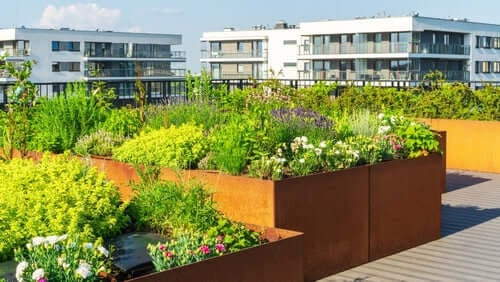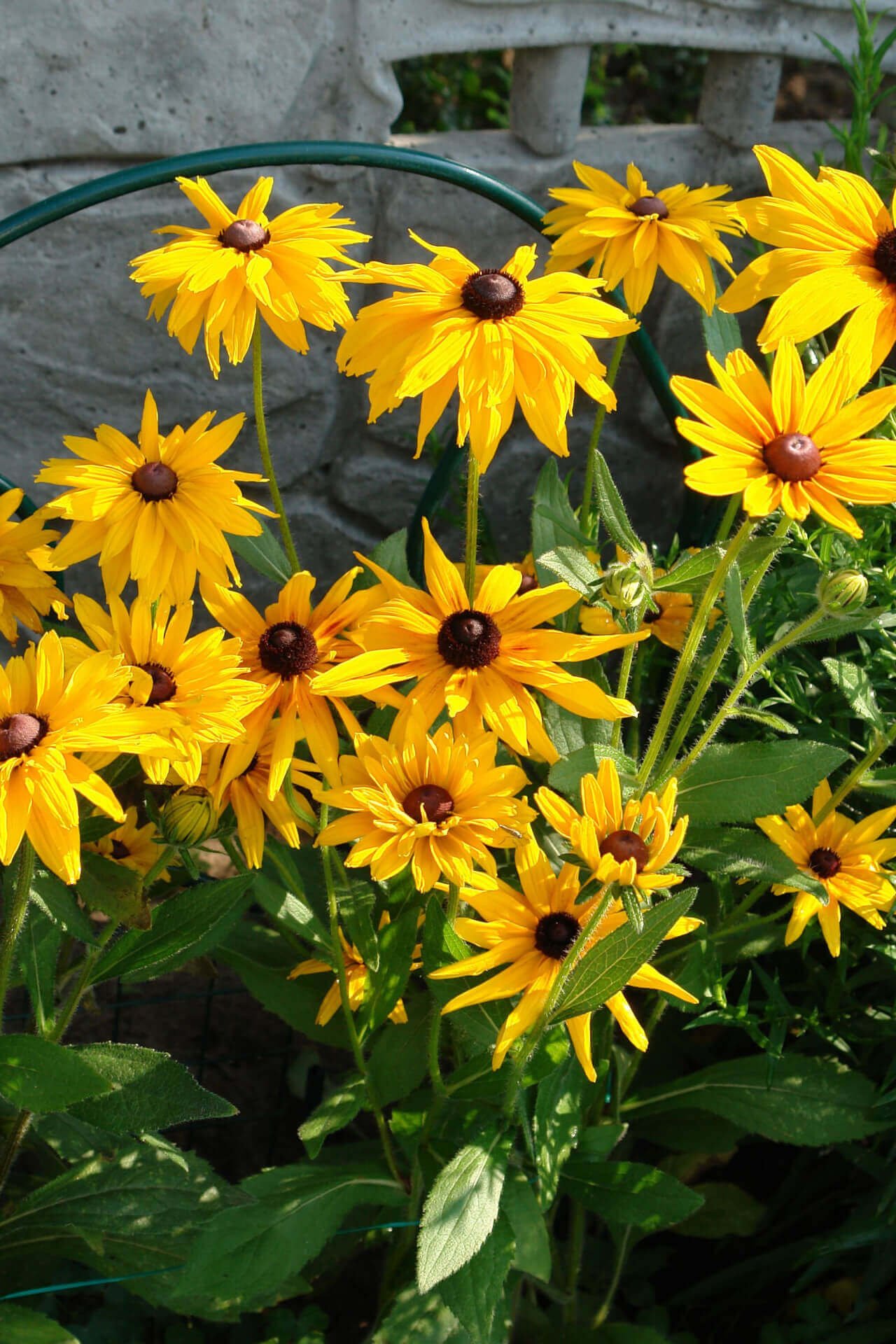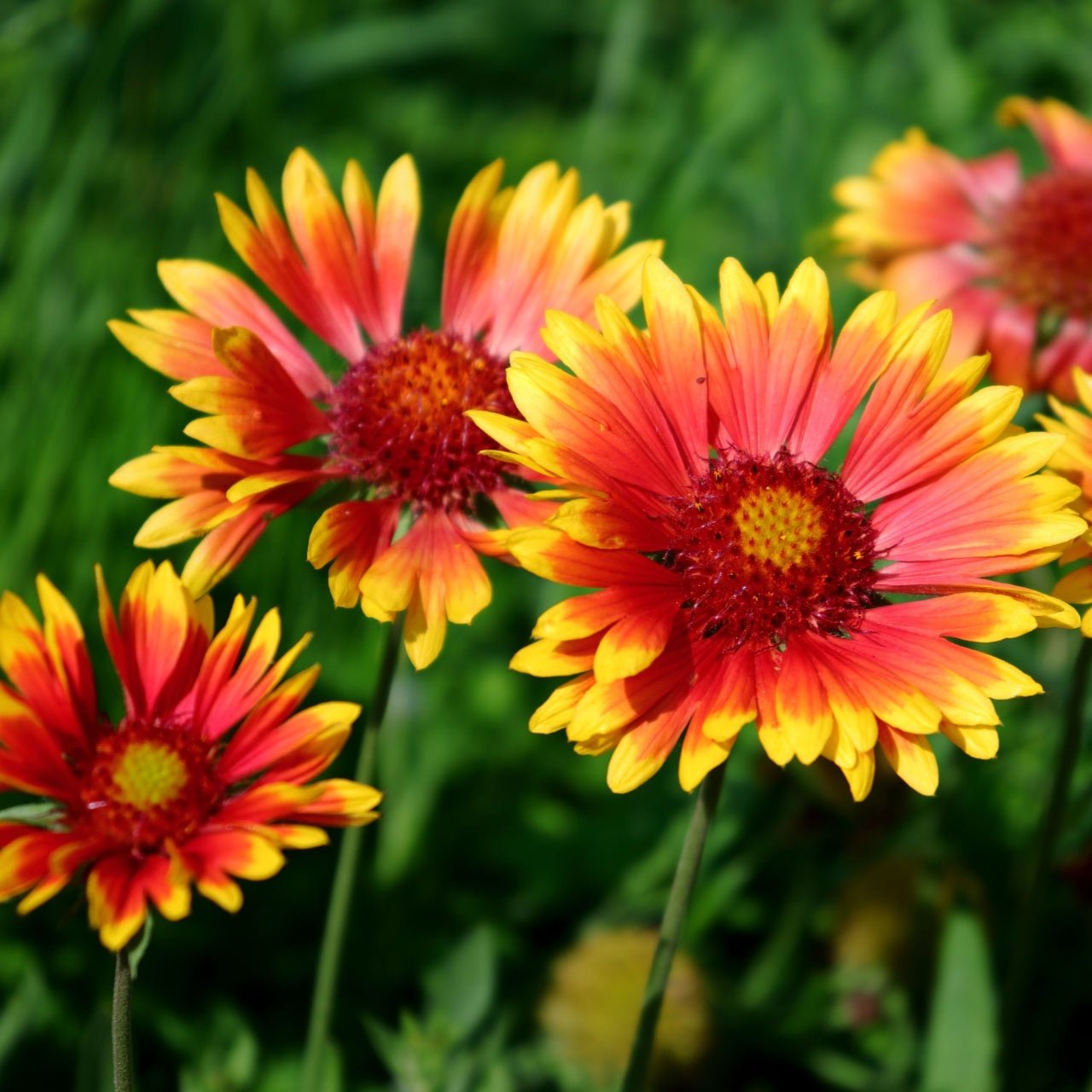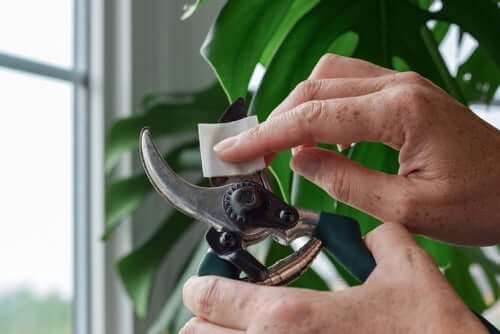A rooftop garden can make a building much more pleasant. These gardens keep a building cooler in the summer and warmer in the winter. They improve the air quality, extend the useful life of a roof, and add beauty and color to urban areas.
Rooftop gardening is primarily done with buildings that have a flat roof, although sodding the roof and planting flowers can be done on slanted roofs. Before buying your plants, it is important to make sure the rooftop can carry the extra weight of a garden.
Condition of the Roof
While it is possible to construct a rooftop garden on a normal city roof, it is not ideal. You have to take into account all the roof's flaws. Water seeping in from the roof, roots growing into the roof, or other damage is common.
The best time to construct a rooftop garden is when the roof is being replaced or built. This allows you to incorporate a water-proof membrane over the hard roof surface to protect the building below. A root-resistant layer keeps roots from growing through the water membrane, creating leaks.
Structural Capacity of the Roof
Soil weighs a lot, especially when wet. Add plants and the framing for each bed and the weight of a rooftop garden adds up. You must hire a structural engineer or architect to examine the roof and decide how much additional weight the rooftop can support. If the roof cannot take much weight, you may be limited to a few containers of native plants that live off of rainfall. You can retrofit the roof to carry additional weight, but it is costly.
If the building is under construction, you can design the roof to hold a rooftop garden. Installation is easier when it is a part of the construction, too, since cranes can lift the materials for the garden onto the roof without having to go through the elevator or stairs.
Access to the Roof
Access to the roof includes getting the garden supplies up to the roof. Walking up several flights of stairs with lumber, soil, and fertilizer stops being fun very quickly. In addition, most fire codes require two ways to exit the roof in case of fire. This can be a fire escape, stairs, or access to the next building over. Many rooftop gardens include a small greenhouse to start seeds in. Greenhouses need electricity and the whole garden will need water so make sure those are available before planning yoiur garden.
Weight of the Garden

An architect or landscape design architect needs to determine the weight of the kind of garden you want on your roof. This takes into consideration the weight of water, soil, containers, heaters, cooling, ventilation, and, if it snows where you are, snow load. You don't want to get this wrong or your rooftop garden may become a basement garden. You also have to consider how many people can be on the roof at one time. Here are some estimates that the City of Chicago published for rooftop gardens.
- Water stored in tanks weighs about 8 lbs/gallon.
- Extensive green roof systems weigh about 20-34 lbs/ft2.
- Intensive green roof systems weigh about 80-150 lbs/ft2.
- The City of Chicago Municipal Code requires at least 30 lbs/ft2 for the design snow load.
An extensive green roof system is one where you use pots and some hardy plants for a garden. It does not need as much infrastructure as an intensive green roof system. An intensive green roof system is most like a raised bed garden on a normal lot.
Cost
A green roof system costs about 50% more than a conventional roof. However, it extends the life of the roof by at least 50%, keeps cooling and heating bills lower, and looks nicer than a conventional roof.
Your budget needs to include the containers, cost of a structural engineer or architect for determining roof load and overseeing construction, safety features such as rails around the edge of the roof, transportation of materials to the roof, soil, an irrigation system, and the cost of permits and fees. You should also include maintenance costs. Some locations offer cost sharing if you put in a rooftop garden that meets their requirements because of the lower energy costs and pollution, but you will need quite a sum to get started.
Designing a Green Roof System
A green roof system has many components. The bottom layer is the roof deck. A waterproof membrane is next, then a root barrier to stop the roots from growing into the waterproof membrane. A layer of insulation comes next, followed by a drainage layer that is gravel. This gives the water from rain, snow, and irrigation of the garden a way to drain out of the growing media above it. Next there is a filter mat that keeps the growing media from running out with the water as the garden drains. Finally, there is the growing media, the plants, and a wind blanket to hold the growing media on the roof until the plant roots grow into it and prevent the wind from blowing it away.
Irrigation
Using plants native to the region you live in will decrease the need for irrigation. However, there are times even drought tolerant plants need help, so you should provide a way to water your plants. Drip irrigation is the best option, but a spigot for hand watering is the cheapest. You will need to hire a plumber to extend the water system in the building to the roof.
Drainage
Drainage is essential to prevent the garden from damaging the roof and building. Poor drainage not only causes the roots of your plants to rot, it adds substantial weight to the roof. Most rooftop drainage systems can be used with minor tweaks. Again, consult with a structural engineer or architect for help making sure your rooftop garden has good drainage.
Choosing Plants and Growing Media
Soil is heavy. Most rooftop gardens use light weight growing media for their plants to grow in. Typically, it is compost and lightweight, porous material that absorbs water and then releases it back to the plant as the plant needs it. This medium is often referred to as potting mix, as it contains no soil.
Native plants fare best in rooftop gardens because they are adapted to the amount of rain the area receives. Pick plants that can tolerate the wind, which can be substantial if the building is very tall. Pick plants that are happy in poor, dryer soil so you do not have to fertilize them much. You will have to water the plants the first year at least once a week until they are established. The wind dries the soil and plants quickly, so a plant will require more water than the same plant in a garden on a regular lot. Prairie plants such as purple coneflower, black-eyed susan, and blanket flower, since they can handle the wind better than something ephemeral, like a Virginia bluebell.
Maintenance
Plants need tending in a rooftop garden, just as if it were ground level. Drains and gutters on the roof will need to be inspected more often than roofs without a garden. Larger plants and trees will have to be pruned to prevent branch breakage in the wind.
We Can Help
TN Nursery specializes in native plants from across the United States and Canada. Our specialists can answer your questions about choosing plants for your rooftop garden. Simply call us at 931.692.7325 to get started.







